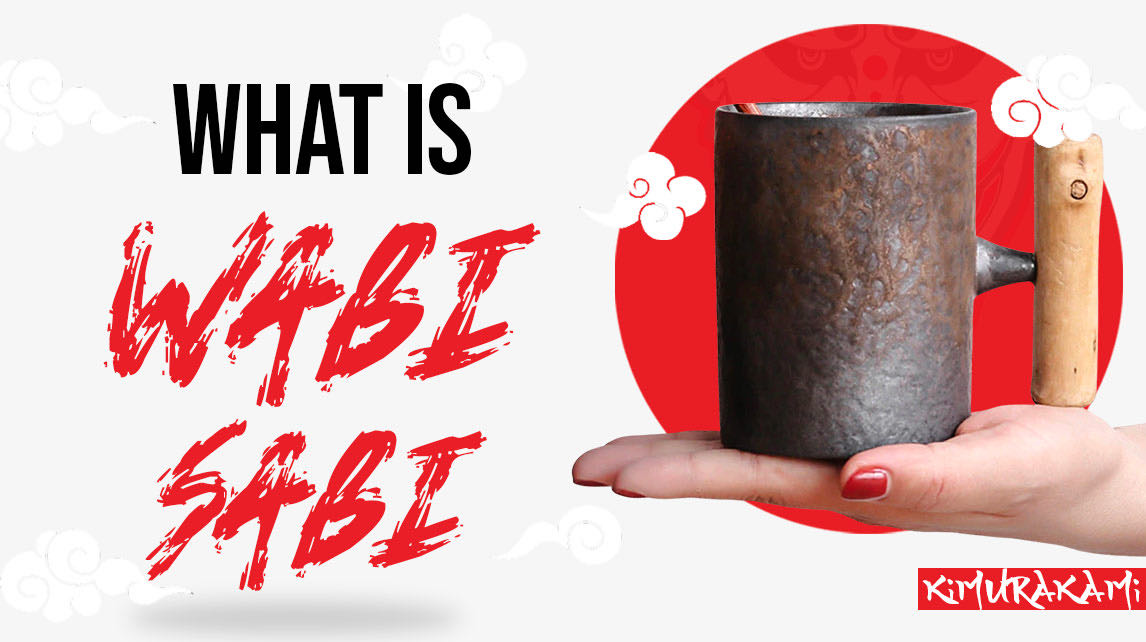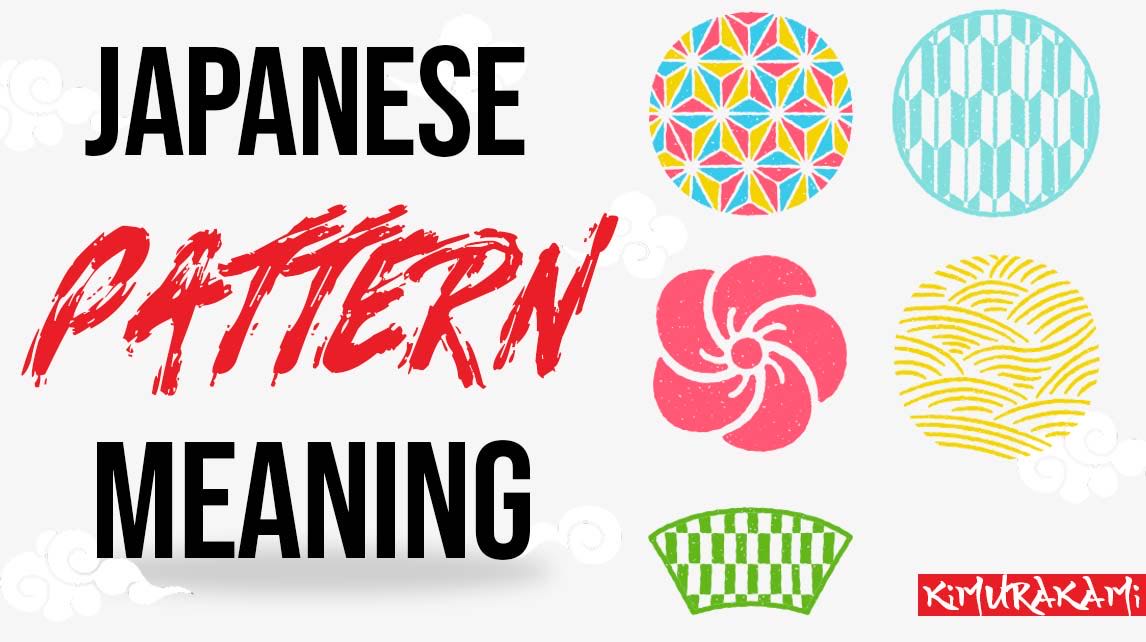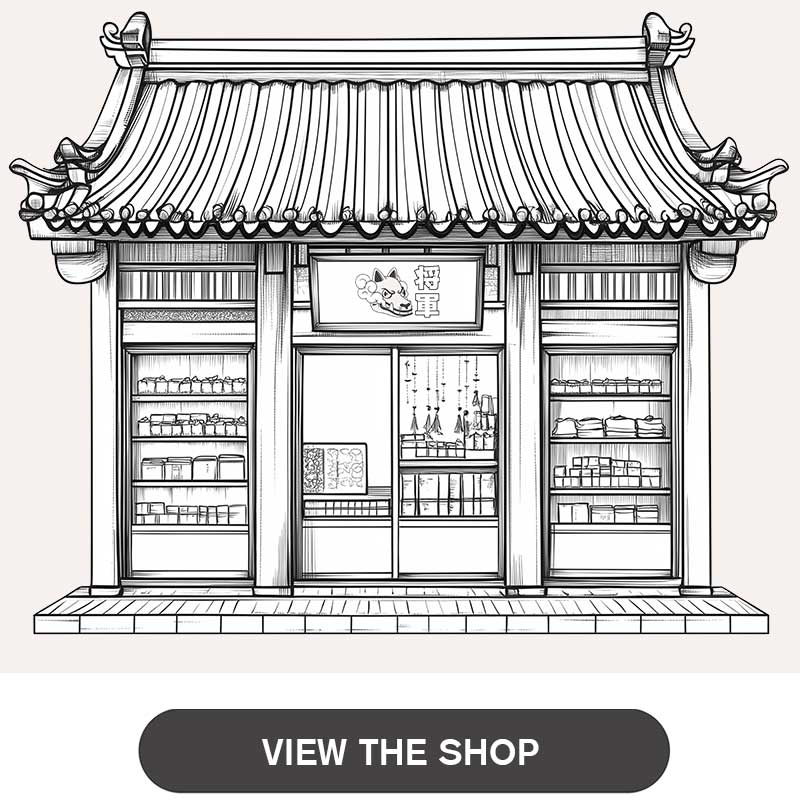Are you familiar with the KonMari method? Would you like to learn more about this tidying technique from Marie Kondo?
Take the time to read on.
To take minimalism in your home even further, check out the unique style of Japanese decor for inspiration.
We all have someone around us that we know for "storing anything and everything." By the way, that someone may be you, and if you're reading this article, you've realized that. It's already a big step forward, congratulations!
The thing is, after the awareness, comes the inescapable question of, "What do I start with?" and that's often when we lose the will, because we get discouraged by the size of the task and put it off until the next year, the next "spring cleaning."
This is where Marie Kondo comes in with her KonMari method!
To follow the KonMari method, you must:
- Commit to getting your house in order.
- Visualize your ideal lifestyle.
- Sort through what you keep first.
- Thank the things you throw away.
- Store by category, not by room.
- Make the categories in the right order.
- Asking yourself "Does this make me happy?"
In the following, you will see that this method is not quite like the others.
Who is Marie Kondo?

Most people know Marie Kondo from her best-selling book, "The Life-Changing Magic of Tidying Up" which was published in 2014. Marie Kondo then established herself as a cleaning expert with a new idea: organize by category instead of room by room.
Her success lies in her track record of clients who have never fallen back into their old hoarding habits. Which tends to prove that his method works!
His popularity is growing.
Her popularity exploded in 2019 thanks to her Netflix show "The Art of Tidying Up with Marie Kondo." For the purposes of this program, she would visit the homes of Americans who needed her help tidying and de-cluttering.
The concept was so successful that it influenced millions of people around the world and her book eventually became a cultural phenomenon. Above all, the influence was so great that it spawned vocations and today there are "KonMari consultants" who can help you in this process.
What is the KonMari method
?Marie Kondo's decluttering method is not just a method, it's an entire philosophy. However, a word of caution: some of the rules are rather rigid and may not work for everyone.
The KonMari Method is a method that can be used by anyone.
The KonMari method is a system that pushes to sort and simplify your home. The goal is to throw out stuff that no longer has a purpose (or no longer "elicits joy") and keep only the things that have purpose and meaning.
Marie Kondo herself believes that your decluttering should begin and end with a single question: Does this item bring me happiness?
How to apply the KonMari method

With this method, Marie Kondo was inspired by minimalism to tackle stuff category by category rather than piece by piece.
Here are the five categories to tackle (in that order):
- Clothing
- Books
- Papers
- Komono (= miscellaneous items)
- Sentimental items (souvenirs)
Whether it's bookcases, wall shelves, attic space, a child's bedroom, shoe rack, or the unnecessary junk in your pantry, the KonMari method allows for efficient, space-saving reorganization of the home.
Next, you should apply the following tips.
1. Be prepared to get rid of your stuff
Kondo's theory is that the more you get rid of unnecessary things in your life, the easier it will be to keep your home tidy and stay organized.
Use the two-step method:
The KonMari method has two parts: sorting and tidying. First, you need to complete the sorting step, which involves getting rid of anything that's cluttering up your space to maximize space. Then, you can organize the items you plan to keep.
2. Adopt a new mindset
Getting your home in order should have lasting effects that will keep it that way and reduce the need to tidy up on a daily basis.
Beyond sorting to get rid of and physically tidying up your items, it's your mind that gets a little lighter with each one.
A good way to sum this up is the adage that possessing too many items brings the opposite effect where you end up being the possession of your items.
3. Store your entire space at once
The KonMari method emphasizes putting everything in your home away at once rather than in small steps. The idea behind it is that you reorganize your home and your mindset all at once, so you never have to go back to your old cluttered home.
You need to think of the first tidy-up as an "event," not just a household task.
What you should definitely avoid: "I made good progress today, I'll finish next weekend" behaviors, because we all know it will never happen.
4. Don't dwell on tidying up

Paradoxically, Marie is not a fan of tidying up. "Tidying things up gives the illusion that the clutter has been resolved," she writes.
Her experience has taught her that tackling clutter without wasting time will not only eliminate it quickly, but also change your mindset about clutter and be more motivated to fight it.
Your closets, shelves or drawers should be functional. They allow you to store and maintain order in your space, not store items that have been sleeping for years.
5. Store by category, not by room in the house
Marie emphasizesstoring by category of items, not where they are stored.
Storing by category is a really key point of this method.
Respect the order of the categories:
About the categories, don't change the order or risk compromising your ability to declutter and completely tidy your home. As a reminder, here it is:
- Clothing
- Books
- Papers
- Komono (miscellaneous items)
- Souvenirs
The KonMari categories were specifically organized from least sentimental to most sentimental for more success during de-cluttering.
6. Visualize your life and environment

An essential step to tidying up like Marie Kondo is to visualize your goals in concrete terms.
Kondo asks her clients to imagine the life they want to lead. Break down each of your dreams or goals by assessing why you want to do that particular thing.
Example: If one of your goals is to do yoga every day, you may realize that you want time to relax. And by inference, a space to practice yoga, in a healthy, decluttered room.
.7. Choose what you want to keep
This key step is part of what distinguishes KonMari from other philosophies of minimalismand decluttering.
For many people, tidying up means systematically eliminating items. But the KonMari method is more subtle and requires choosing what you want to keep. Not what you should throw away.
How to do it?
Hold each item in your hands and take a few seconds to ask yourself if it "raises joy" in you. If the answer is yes, keep it. If not, you are free to get rid of it.
8. Learn to fold clothes

Kondo's technique makes the most of folding clothes. To be worth keeping, each garment must "evoke joy" (we're repeating ourselves, but it's important).
Then, if it is not a hanging garment, it must be folded in a specific way.
The Marie Kondo's folding method allows you to store things in a much more accessible way by avoiding piles of clothes and saving space. Ideal for small spaces.
9. Do the tidying yourself (really)
According to Marie Kondo, tidying up is a personal process and you should definitely do it yourself, because only you know if an item gives you positive emotions. No one else knows whether an item makes you happy or not.
Avoid any outside influence that might sway your opinion one way or the other. Likewise, you should not dispose of the things of another person who lives in your home without their permission.
10. Take things in stride
Often, we keep things becausewe feel guilty about getting rid of them. This quickly becomes a vicious cycle.
They are not the same.
Concrete example:
If you've missed the opportunity to read a particular book, even if it was recommended to you or you've been meaning to read it for a long time, this is your chance to let it go.
You may have wanted to read it when you bought it, but if you haven't read it by now, it's because the book was intended to teach you that you didn't need it.
11. Don't avoid extreme solutions
Marie Kondo advocates getting rid of almost all papers, including photographs and books, and keeping the smallest possible collection of items that are truly important to you.
This may seem like a radical solution, but eventually you'll find that these unused items were serving no purpose, taking up space and collecting dust.
12. Store similar items together

When it comes to storage, the Japanese expert favors "ultimate simplicity." One of the fundamental principles follows from the 5ᵉ point of this article, it is to group similar items together rather than storing them in different places in the house.
For example, keep coats in a single closet rather than in a dressing room, closet and armoire. Even within a room, try to group similar items together, such as dedicating a single drawer to socks. Ditto for towels, on a single shelf.
13. Give your stuff new life
Marie Kondo believes that the impact of tidying up goes far beyond the organizational aspect of your life. Thus, the items you get rid of should be "launched" on a "new journey" with a farewell ceremony.
Similarly, you need to "dialogue with your home as you tidy up"-whatever that means to you. The more you are "connected" with the process, the better chance you have of making it last.
14. Exhume and accept your emotions
Disembedding with the KonMari Method is like looking in the mirror. It encourages you to face emotions that may have been hidden sometimes for a long time.
When you ask yourself if it brings you joy, you might discover some surprises!
Kondo believes that deep down, the things we love and appreciate don't change much over the course of our lives and tidying up may be a great opportunity to rediscover and appreciate them again.
Would you like to take minimalism a step further?
You now have all the cards in hand to begin the "big tidy up" you promised yourself years ago. With the KonMari method, Japanese expert, Marie Kondo, has developed a system with a minimalist approach that goes beyond simple techniques.
In many ways, the KonMari method is akin to a form of personal development that makes us rethink our relationship to our possessions in the broadest sense. It is a very formative process for getting to know ourselves better.
It's a great way to get to know ourselves.






Leave a comment